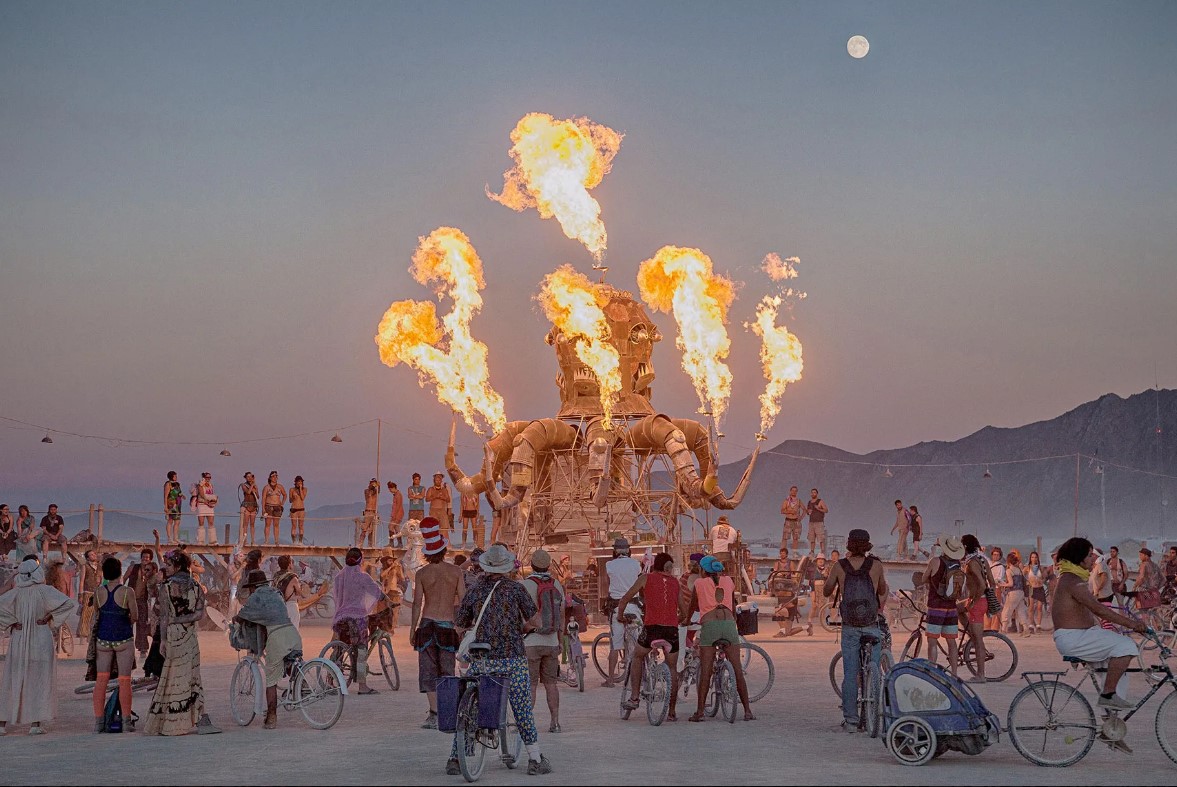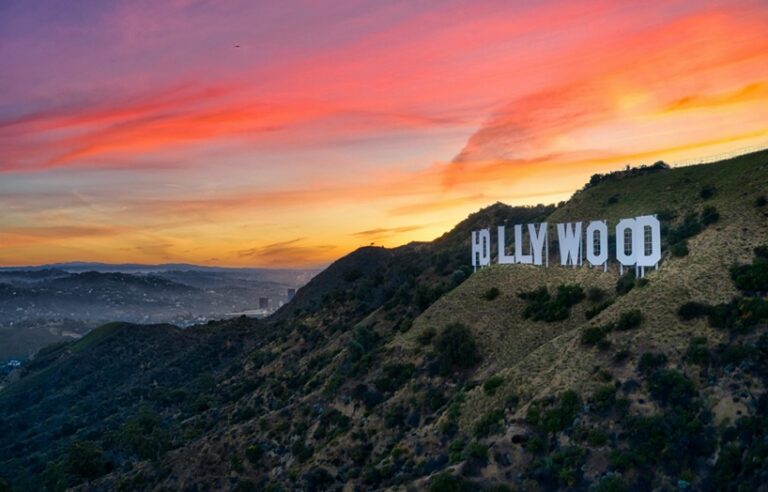On Monday, favorable weather conditions in northwestern Nevada may finally allow the evacuation of thousands of individuals who had been marooned at the Burning Man festival for several days due to heavy rains, according to festival organizers.
The improved weather forecast could also permit the long-anticipated climax of the festival, featuring the symbolic burning of a massive wooden effigy resembling a man. This event had been postponed twice previously due to adverse weather conditions. Aside from the rain, muddy terrain and logistical difficulties in moving heavy equipment and ensuring fire safety at the burning site contributed to these delays. Originally scheduled for Saturday night, the burn was rescheduled to Sunday and then again to Monday night.
The National Weather Service indicated that the weather in the region was expected to become drier and warmer on Monday, but there remained a slight chance of light rain showers Monday night into Tuesday morning, likely due to a low-pressure system.
On Sunday, event organizers announced that the main road leading to and from the festival grounds had become impassable due to the combination of mud and rain. The Burning Man event occurs annually in Black Rock City, a temporary community situated in the heart of the Black Rock Desert in northwestern Nevada. Alternative routes were being considered, with an official announcement regarding evacuation expected at 9 a.m. local time on Monday.
By Sunday night, the atmosphere in Black Rock City had shifted to a more subdued and tranquil state compared to the previous day when attendees were advised to take shelter, conserve supplies, and water. Many of the dance and bar structures had been dismantled during the dry spell on Sunday afternoon, and festivalgoers, known as “burners,” were seen navigating the still-muddy grounds, often protecting their shoes with plastic bags to shield them from the thick mud.
This makeshift town hosts over 70,000 people each year and is located approximately a three-hour drive from the nearest airport, which is more than 100 miles away in Reno. The festival commenced on August 27th, and while one participant’s death was under investigation, it did not appear to be weather-related.
The festival site had been hit with continuous rain since Friday, resulting in treacherous and muddy conditions for those attempting to depart. Other areas of Nevada also experienced fast-moving thunderstorms and flash flooding over the weekend, with reports of heavy flooding on the Las Vegas Strip.
Efforts to leave the festival site have been widely documented on social media, including a video posted by music producer Diplo, who mentioned that he and comedian Chris Rock had walked five miles in the mud before being rescued by fans, as shown in the video where they were squeezed into the back of a pickup truck.
Another attendee, Neal Katyal, a law professor at Georgetown University and former acting solicitor general during the Obama administration, was among those who embarked on a six-mile hike to Gerlach, the nearest town. They carried essential supplies in backpacks and protected their feet with plastic bags and socks before fitting them into boots or shoes.
By Sunday afternoon, a White House official confirmed that President Biden had been briefed on the situation, and administration officials had been in contact with state and local authorities.
Mayor Hillary Schieve of Reno stated on social media that the city was collaborating with regional partners to prepare for the mass exodus of Burning Man attendees. She mentioned that certain parking lots at the local convention center were available for use.
Despite the chaos and challenges, some festivalgoers, who pride themselves on resilience and self-sufficiency, were embracing the unique experience of this year’s Burning Man festival.
(Source: Anna Betts | Amanda Holpuch | NYT)







